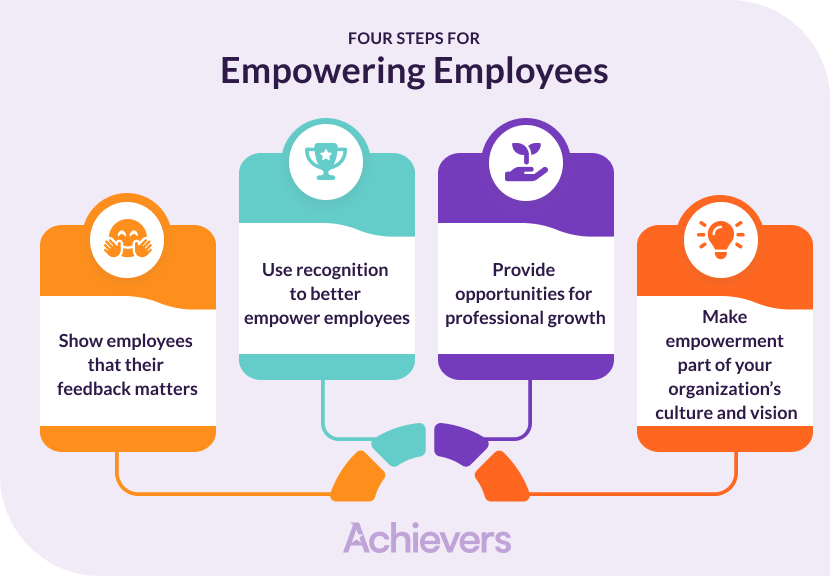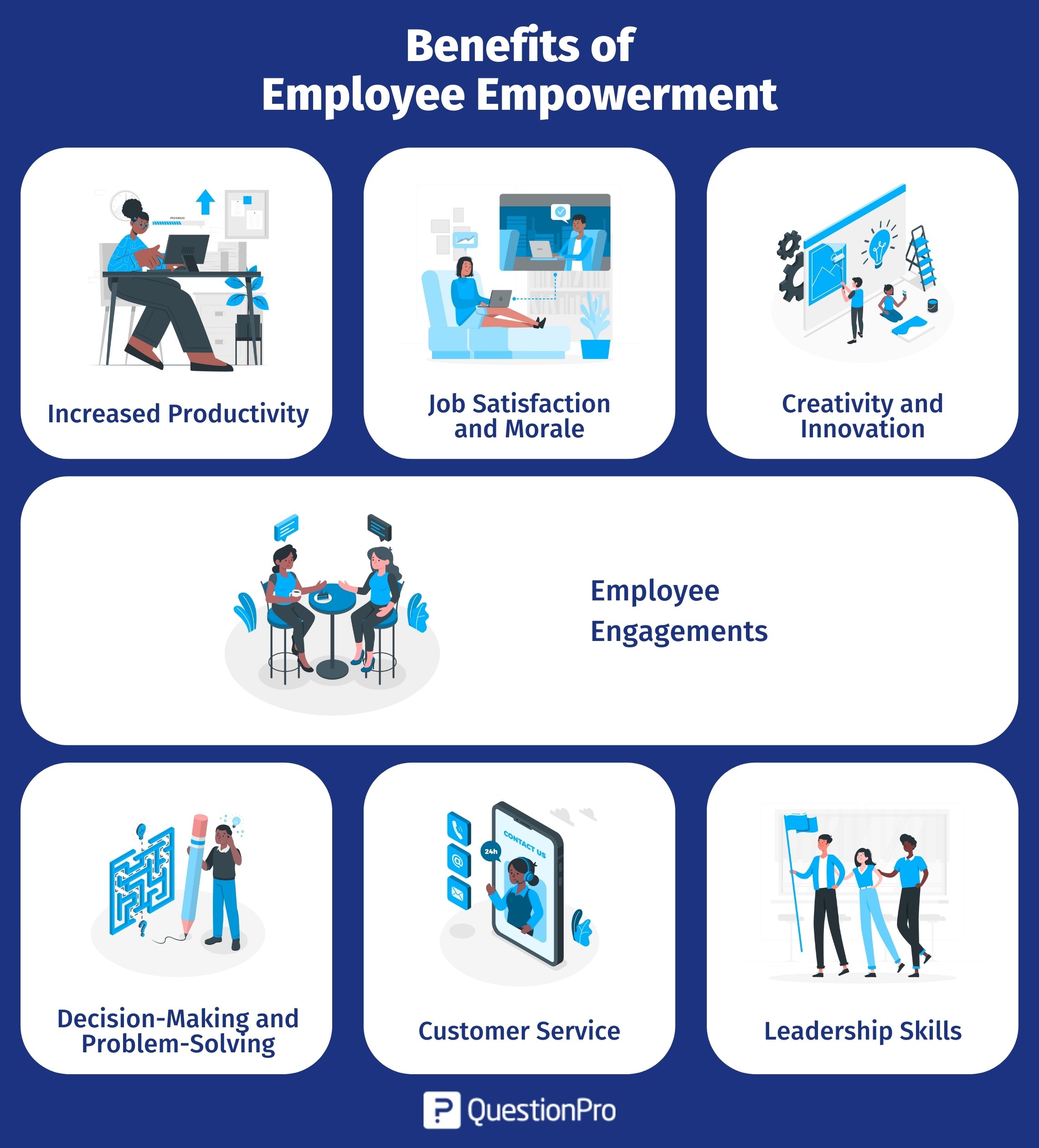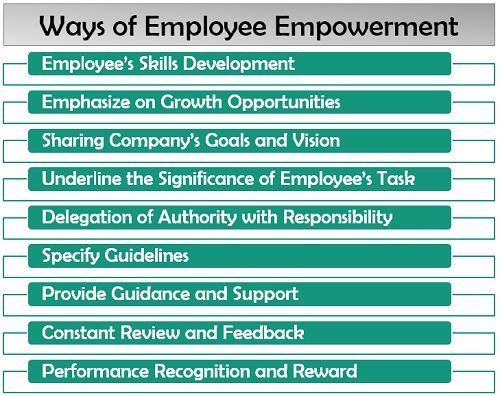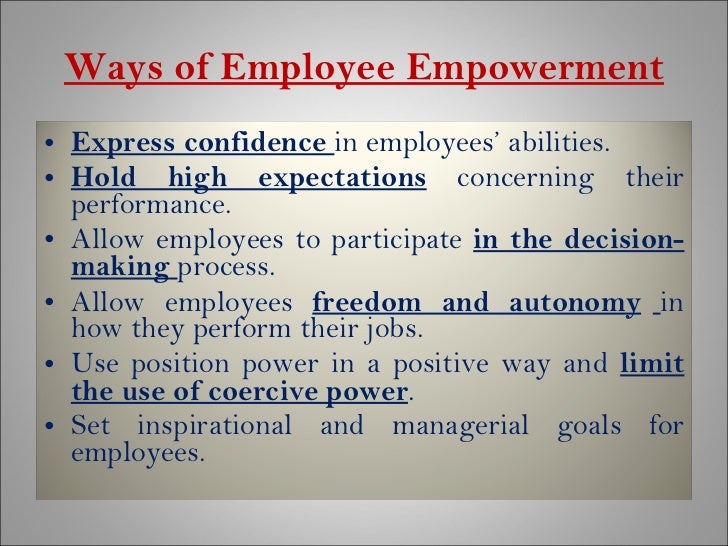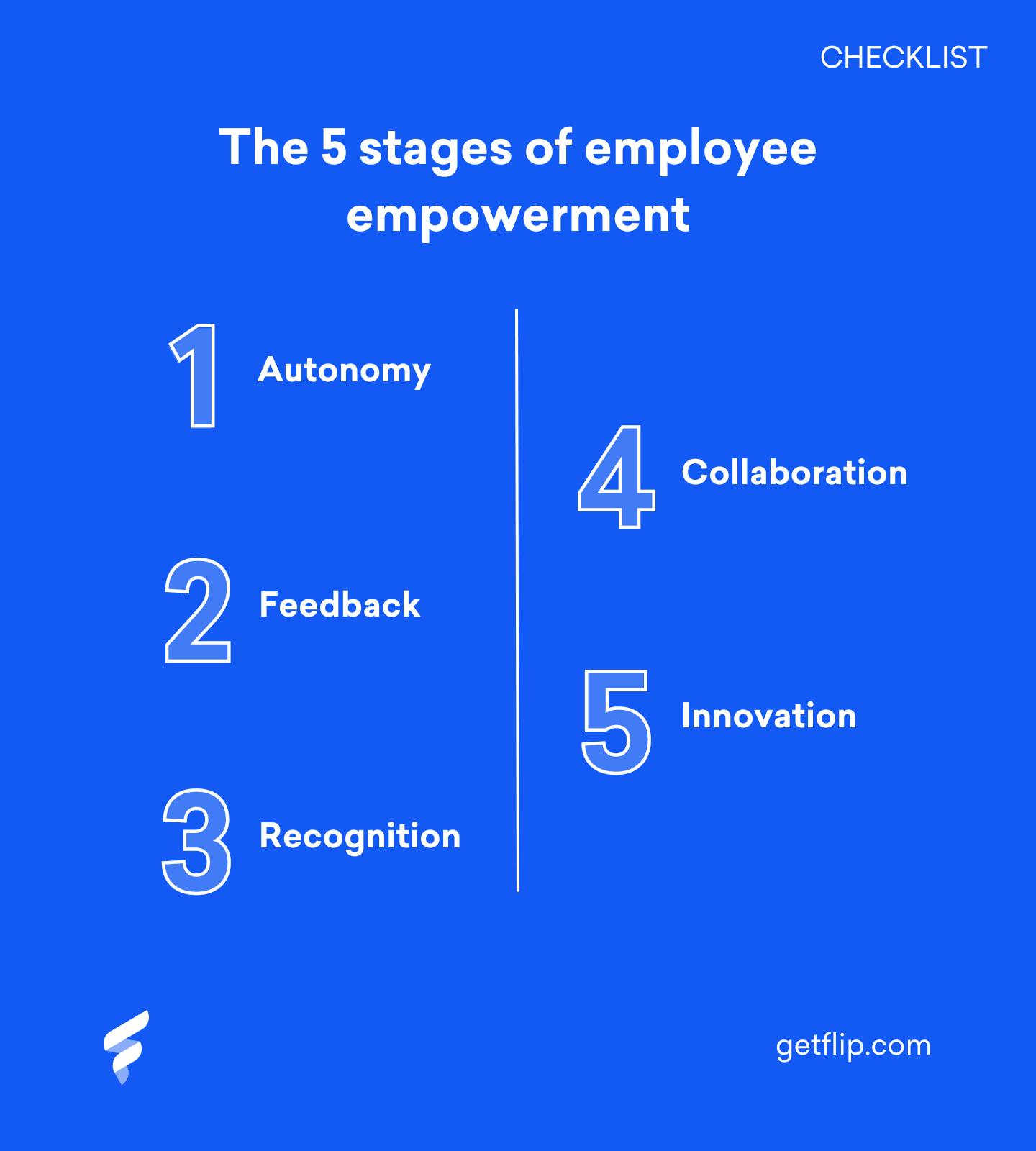The Most Popular Way Of Empowering Employees Is By
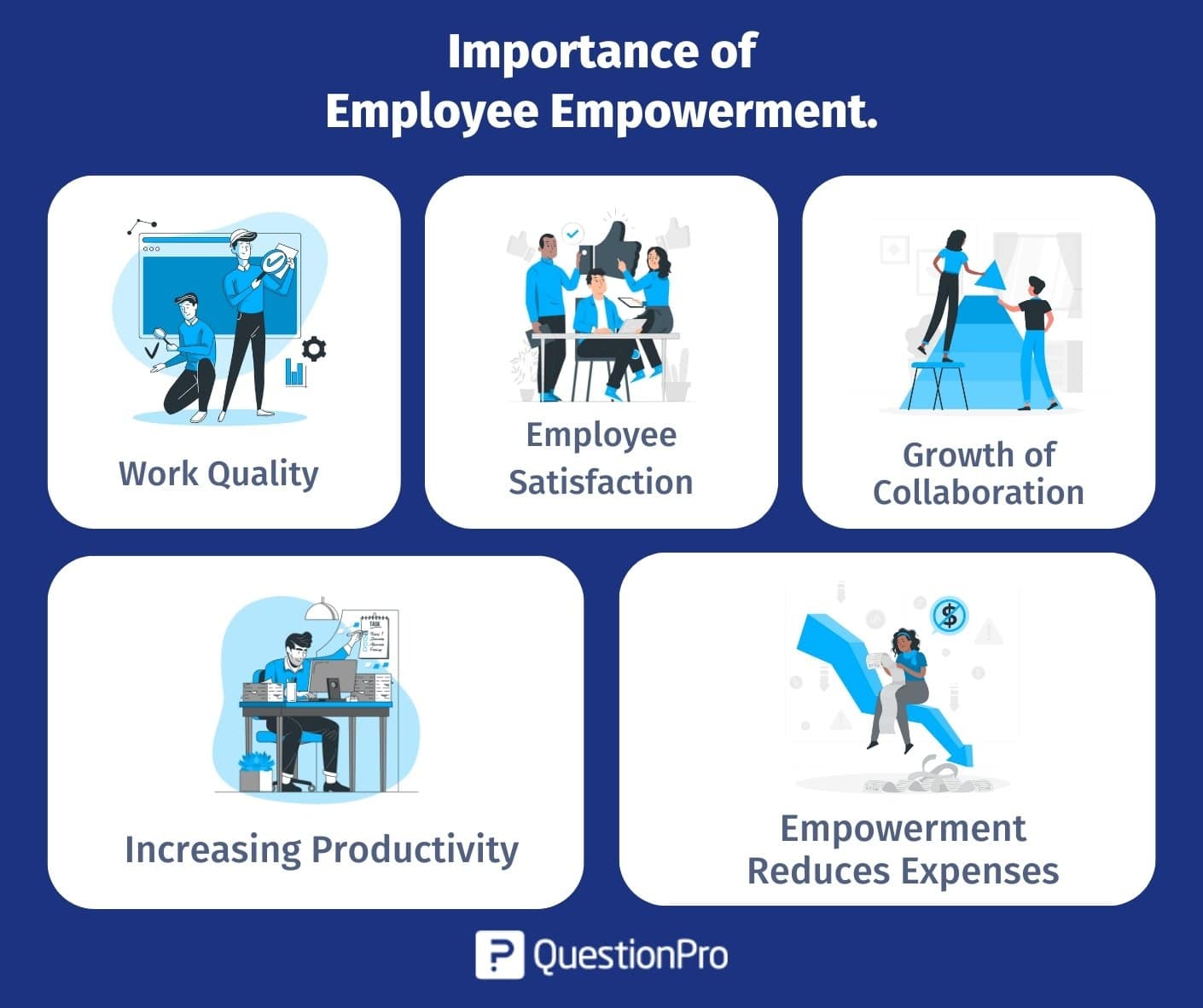
Employee empowerment surges, driven by a clear frontrunner. Data reveals a decisive shift in how companies are fostering autonomy.
This transformation isn't a trend; it's a necessity. Companies embracing this method are seeing improved productivity and innovation.
The Dominant Strategy: Investing in Training and Development
Training and Development has emerged as the undisputed leader in employee empowerment strategies. Multiple studies indicate that this approach is most popular.
According to a 2023 Gallup poll, 65% of employees feel more empowered when given opportunities to learn and grow within their role. This surpasses other methods like increased autonomy and profit sharing.
SHRM (Society for Human Resource Management) reports similar findings. Their research shows that companies investing in training and development saw a 24% increase in employee retention.
Why Training and Development Reigns Supreme
Employees feel valued when companies invest in their skills. This leads to increased job satisfaction and a sense of ownership.
Increased competence directly translates to increased confidence. Employees are more likely to take initiative and contribute meaningfully when they have the tools and knowledge to do so.
Training isn't just about acquiring new skills. It's about adapting to the changing landscape of the job market and preparing for future roles.
Who is Benefiting?
Companies across all sectors are adopting this strategy. From tech startups to established manufacturing giants, the benefits are universal.
Early adopters, like Google and Amazon, have long championed employee development. Now, smaller businesses are following suit.
Employees themselves are the biggest beneficiaries. They gain valuable skills, increase their earning potential, and experience greater job fulfillment.
The How-To: Implementing Effective Training Programs
Effective training isn't just about throwing money at generic courses. It requires a strategic and tailored approach.
Companies need to identify skill gaps and design programs that address specific needs. This might involve internal workshops, external courses, or mentorship programs.
Continuous feedback and assessment are crucial. Companies must track progress and adjust programs to ensure they are delivering the desired results.
Where is this Happening?
This empowerment strategy is gaining traction globally. North America and Europe are leading the way, but adoption is increasing in Asia and South America.
The rise of online learning platforms has made training more accessible. Companies can now offer a wider range of courses at a lower cost.
Remote work has also fueled the demand for training. Employees need to stay connected and up-to-date, even when working from home.
Looking ahead, companies need to prioritize personalized learning experiences. Employees want training that is relevant to their individual goals and career aspirations.
The focus should be on creating a culture of continuous learning. Where employees feel empowered to seek out new knowledge and develop their skills.
As the job market continues to evolve, training and development will only become more critical. Companies that invest in their employees will be the ones that thrive.


